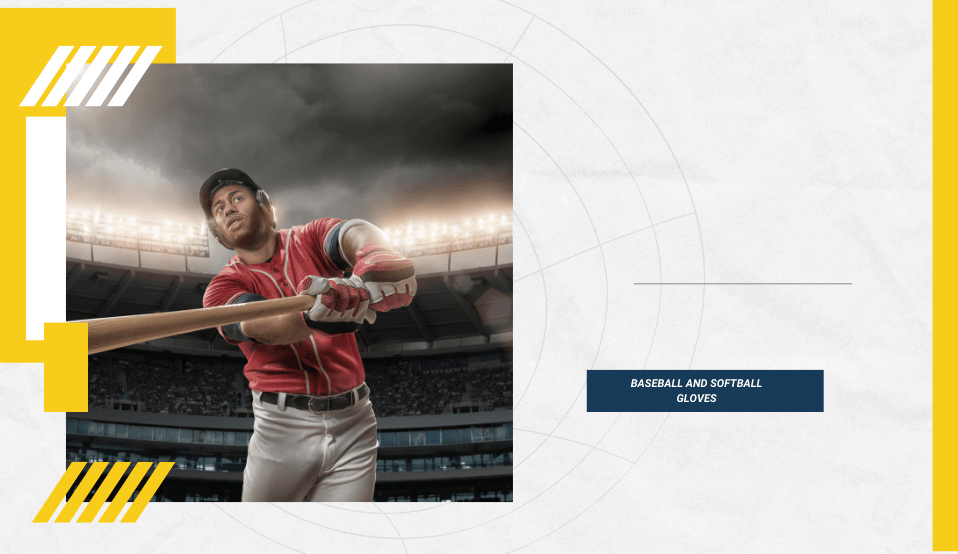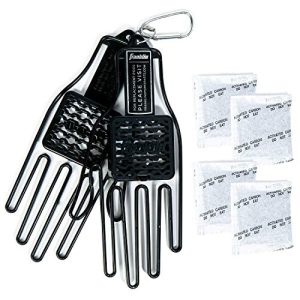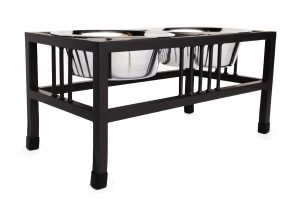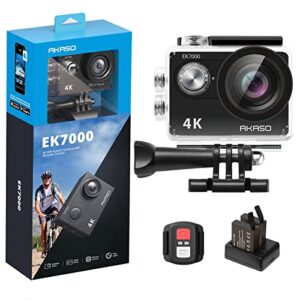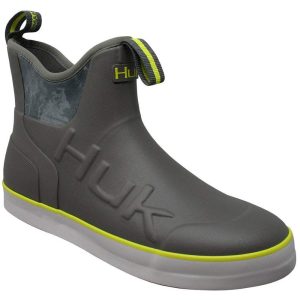Contents
Baseball and softball, while similar in many respects, have distinct differences in gameplay, equipment, and rules. One common question among players, especially those who play both sports, is whether a baseball glove can be used for softball.
Understanding the Basics: Baseball vs. Softball
Before diving into the specifics of gloves, it’s essential to understand the fundamental differences between baseball and softball. The primary distinctions lie in the size of the ball, the dimensions of the field, and the style of pitching. Softball uses a larger ball (usually 11 or 12 inches in circumference compared to baseball’s 9-inch ball), and the field dimensions, particularly the distance between bases and the pitching mound, are shorter in softball. Additionally, softball pitching is underhand, while baseball pitching is overhand.
Key Differences in Gloves
1. Size and Fit
The most noticeable difference between baseball and softball gloves is their size. Softball gloves are generally larger to accommodate the larger ball. The pocket, which is the part of the glove where the ball is caught, is deeper in softball gloves to ensure a secure catch.
- Baseball Gloves: Typically range from 11 to 12.75 inches in length for infielders, and 12.5 to 13 inches for outfielders.
- Softball Gloves: Usually range from 11.5 to 13 inches for infielders, and 12.5 to 14 inches for outfielders.
The larger pocket in a softball glove helps to secure the larger, heavier ball, reducing the risk of the ball popping out.
2. Pocket Depth and Webbing
The pocket depth in softball gloves is deeper than in baseball gloves. This deeper pocket is crucial for handling the larger softball. The webbing, which is the woven part of the glove between the thumb and fingers, also tends to be different. Softball gloves often feature a closed web design, which provides more stability and a larger catching area. In contrast, baseball gloves frequently have open web designs, which allow for quicker ball transfers and better visibility.
3. Flexibility and Break-In Time
Softball gloves are typically more flexible and easier to break in than baseball gloves. The larger size and deeper pocket require the glove to be more pliable. Baseball gloves, on the other hand, often require more break-in time due to their stiffer leather and smaller pocket.
The Practicalities of Using a Baseball Glove for Softball
1. Catching and Handling the Ball
Using a baseball glove for softball can pose challenges due to the differences in ball size and glove design. A baseball glove’s smaller pocket may make it harder to catch and secure a softball, increasing the likelihood of dropped balls or bobbles. The narrower webbing and shallower pocket can also make it difficult to handle the larger ball, particularly during quick plays.
2. Comfort and Fit
The fit of the glove is another important consideration. Baseball gloves are designed for a smaller ball and typically have a snugger fit. This snug fit can be uncomfortable when trying to catch and hold a larger softball. The strain on the glove’s leather and stitching from the larger ball can also cause premature wear and tear.
3. Position-Specific Considerations
Certain positions in softball may find it more challenging to use a baseball glove. For instance, outfielders and first basemen, who regularly catch high-flying balls and line drives, may struggle with a baseball glove’s smaller pocket. Infielders, who need to make quick catches and transfers, may also find a baseball glove less efficient due to its design.
Situations Where a Baseball Glove Might Be Feasible
Despite the challenges, there are situations where using a baseball glove for softball might be feasible:
1. Recreational Play
In casual or recreational play, where the level of competition and performance demands are lower, a baseball glove can be used. Players in these settings often prioritize convenience and cost over optimal performance, making a baseball glove a practical choice.
2. Youth and Beginner Players
Younger and beginner players who are still growing and developing their skills might use a baseball glove for both sports to save on costs. For these players, the differences in glove design might not significantly impact their performance.
3. Versatile or Hybrid Players
Players who frequently switch between baseball and softball and do not want to invest in multiple gloves might opt for a baseball glove. These players should choose a larger baseball glove with a deeper pocket to better accommodate a softball.
Tips for Using a Baseball Glove for Softball
If you decide to use a baseball glove for softball, consider the following tips to enhance your performance and comfort:
1. Choose a Larger Glove
Opt for the largest baseball glove available within your comfort range. A larger glove will provide a deeper pocket and more surface area to catch the softball, making it easier to handle.
2. Break in the Glove Properly
Breaking in the glove properly can help increase its flexibility and make it more suitable for softball. Use glove oil or conditioner to soften the leather, and practice catching softballs to shape the pocket accordingly.
3. Reinforce the Glove
Consider reinforcing the glove with additional lacing or padding, particularly in the pocket area. This reinforcement can help the glove withstand the impact of the larger softball and extend its lifespan.
4. Practice Regularly
Spend time practicing with the glove to get accustomed to its feel and performance with a softball. Regular practice will help you adjust your catching technique and improve your overall performance.
Conclusion
While baseball and softball gloves are designed with specific features to suit their respective sports, it is possible to use a baseball glove for softball under certain conditions. Understanding the differences between the two types of gloves is crucial for making an informed decision. For optimal performance, especially in competitive play, using a glove designed specifically for softball is recommended. However, for recreational play, youth players, and those seeking versatility, a baseball glove can be a feasible option with some adjustments and considerations.
By choosing the right glove size, properly breaking it in, and reinforcing it as needed, players can effectively use a baseball glove for softball and enjoy the game to its fullest. Ultimately, the key is to find a balance between comfort, performance, and practicality to ensure a satisfying and enjoyable playing experience.

